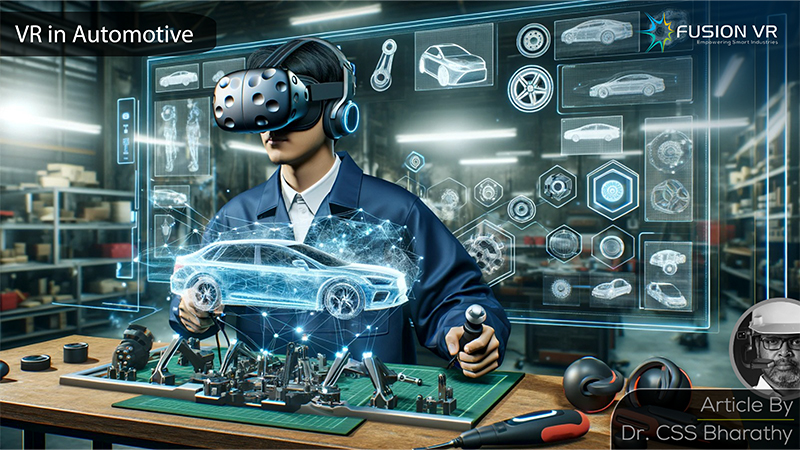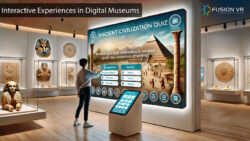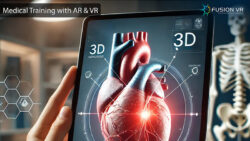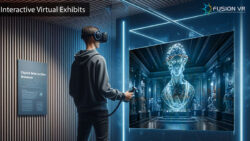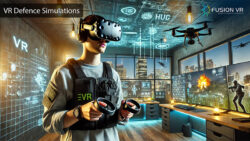Every major automobile manufacturer in the world is now finding unique and innovative ways to use virtual reality in their businesses. BMW is using it for training, Mazda for checking out a new model, Lamborghini for marketing, Volkswagen for product development and many more examples are out there.
These top automobile companies have quickly realised the importance and versatility of VR and are investing in it to serve their customers more effectively. It also points out how proactive their leadership has been in adopting advanced technologies. The rapid adoption of virtual reality for automotive applications is also a reflection of the importance it has been given as a critical Industry 4.0 technology that is ready to revolutionise the world of automobile manufacturing in the 21st century.
Here’s the first of four virtual reality applications in automotive industry. VR is now being used for workstation planning at BMW, one of the world’s most popular luxury car manufacturers. BMW cars are already famous for their engineering, technology and, most importantly, safety and comfort. BMW is continuously innovating and is now using VR for planning production processes and testing them before a brick is laid.
They have digitally captured their actual facilities using 3D scanners, which help to accurately capture all structures, assembly lines and equipment to the closest millimetre and create highly realistic and practical VR spaces.
BMW engineers, planners, technicians and managers can now virtually enter these VR spaces in multiplayer mode to collaborate with each other and help evaluate, develop designs and prototypes and finalise workspaces quickly and efficiently. They are able to try new things and improve on existing designs without the risk of expending valuable and scarce resources. This is the smart way of doing things and VR has enabled the creation of future smart factories.
Collaboration with Virtual Reality is not limited by geography, and an expert from any corner of this planet can join the team and actively contribute towards development. The time to travel, commute and acclimate to new locations is totally eliminated, making the design life cycle time shorter than ever before.
The Applications of Virtual Reality in Employee Training, Marketing and Customer Experience in the Automotive Industry
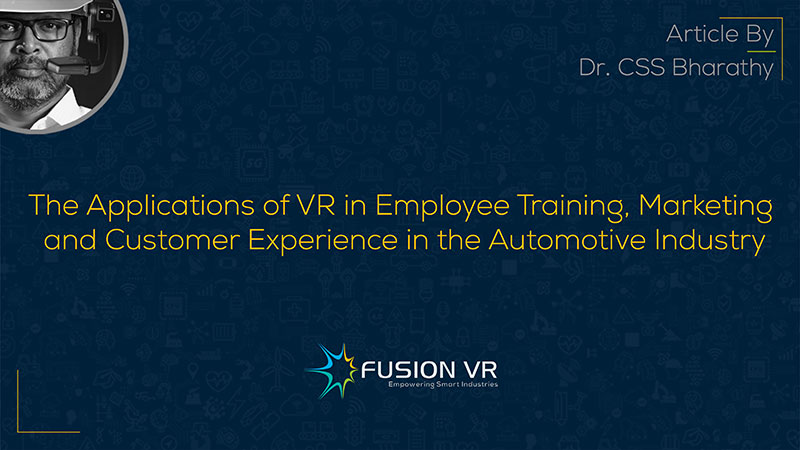
The second and most widely used application is for employee training. BMW is also pioneering the use of virtual reality automotive training. The actual work environment is digitally created in VR. This virtual environment is highly realistic and resembles the actual assembly line quite accurately.
Time is of the essence in any manufacturing environment, and any waste arising from work execution needs to be eliminated. The training is designed to enable personnel to train using VR, without disturbing the actual assembly line and gain competence in every work activity.
This improves their productivity and saves costs. Moreover, the trainers monitoring this VR training get an accurate idea of what their trainees know and enable them to modify training approaches for effectiveness. This training and its evaluation report are, therefore, expertly designed to ensure that the necessary skills, knowledge and competencies are achieved.
As reported by PWC, VR training is four times more effective than any form of conventional training. The immersive nature of VR makes the trainee believe they are actually performing the work and developing the muscle memory needed when they are actually deployed in the real assembly line. VR training in automotive industry stands out as the fastest-growing application now.
The third important application of Virtual Reality is in the field of marketing automobiles. Choosing a car is a tedious exercise if you have really experienced that. Locating and planning a trip to each car dealership around your city is not quite easy.
They could be in diametrically opposite parts of the city, and commuting across vast distances often robs the enthusiasm of buying a car. Well, that experience is now changing with the use of VR in marketing.
Kia, the South Korean car manufacturer, has virtual showrooms that allow a buyer to check out each model and evaluate for themselves before making a purchase. It also prepares them before they check it out in person and often helps them ask important questions about the car. Vroom allows users to check out used cars virtually, enabling them to better understand the features and history without moving an inch from the comfort of their homes.
Abarth, the Italian car manufacturer, is believed to send its prospective buyers a VR headset and headphones to help virtually test drive their models. That is like a gaming experience, except that you will be checking out all the interior and exterior features, including the sound of the engine revving and eventually helping you make a faster buying decision.
This is a small example of how different manufacturers are leveraging VR in myriad ways to enhance the buying experience for customers. Jaguar, Renault and Volvo are some of the automotive companies that are using virtual reality for marketing purposes.
The immersive nature of VR is the magic pill here. It allows the user to experience complete freedom of movement in all six degrees of freedom, making them believe, yes, believe that they are actually in a car. Isn’t that unique, innovative and wonderful?
The Role of Virtual Reality in Improving Awareness for Public Safety in the Automotive Industry
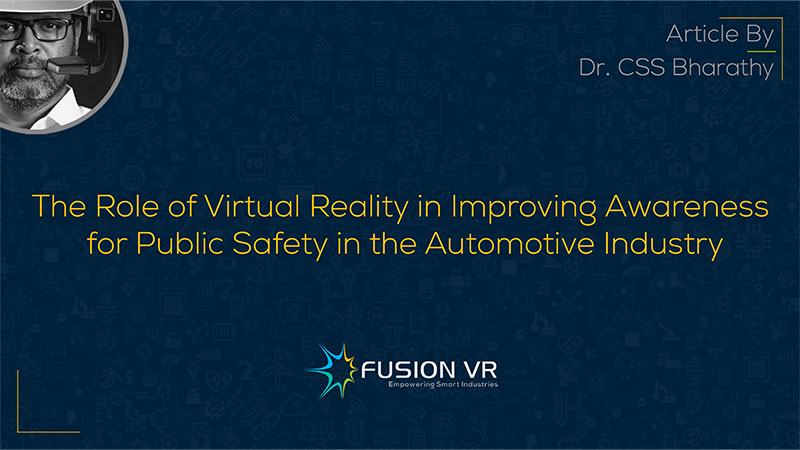
Finally, there’s another less discussed application, which is about improving awareness on matters of public importance, such as driving safety. As automobile ownership is increasing in developing countries, there is also an alarming increase in road accidents and loss of valuable lives, particularly young drivers.
The industry has realised that it has an important role to play in this matter. Japan’s Toyota has created a VR experience that highlights the concerns regarding teenage driving. This is to ensure that teenagers, with their surging hormones for a more exciting experience, tend to throw caution to the winds and take unnecessary risks.
This tendency endangers them and also other road users, particularly pedestrians. Anyone following the news, wil take note of the instances where young drivers have caused completely avoidable accidents. Roadside dwellers have been run over, and pedestrians and bikers knocked out.
Toyota’s effort is to help increase awareness on getting licenses, following rules and, most importantly to avoid driving after a drink. Ford is another company that is using VR to show the route and road conditions from the perspective of other road users.
As you can see, VR has clearly demonstrated its potential with applications in product development, training, marketing and public safety. The more important thing is that these applications are being spearheaded by the best companies in the automotive industry.
This has clearly understood the value that VR brings and how it will be a game changer and a catalyst for becoming more competitive in the future. Just like how VR captivated the gaming industry and its customers, VR is showing great potential and promise for the automotive industry. This industry is bringing VR directly to the users, much like how the gaming industry did.
The future of any industry in this century is dependent on human capital and how it is nurtured and managed. VR primarily elevates human performance to unprecedented levels by revolutionising the way we learn and get skilled. This is becoming an exciting area for Learning and Development professionals to play a key role in changing their landscape.
Today, the manufacturing experts in the automotive industry and the VR solution providers are identifying multiple use cases that will deliver significant cost benefits and efficiencies to this industry. The collaboration between solution providers and industry leaders is very important as it enables them to create synergies to benefit both parties. It’s an exciting time to be in the VR industry, and I would encourage you to participate, gain the necessary experience, and skills and reap its benefits.

